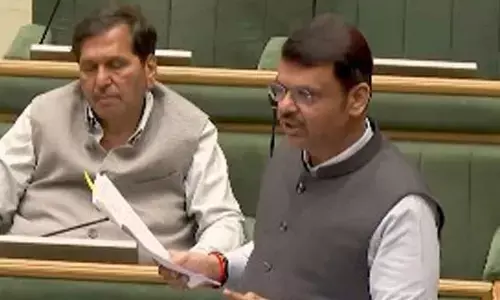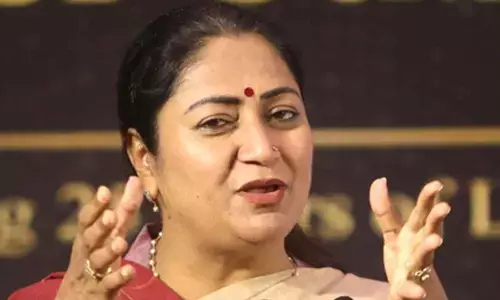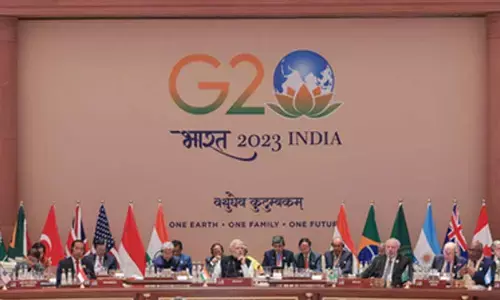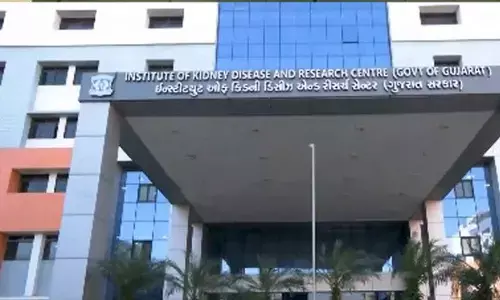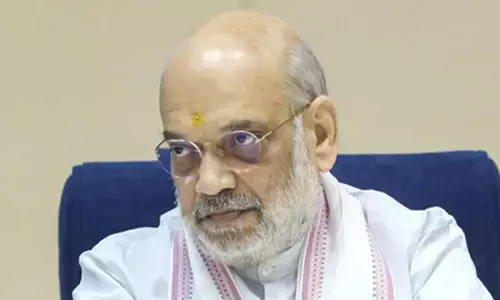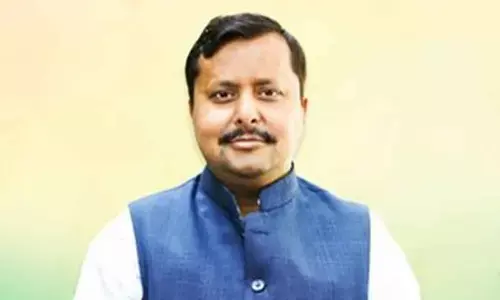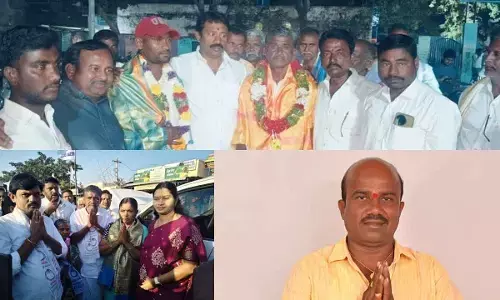Earning the right praise
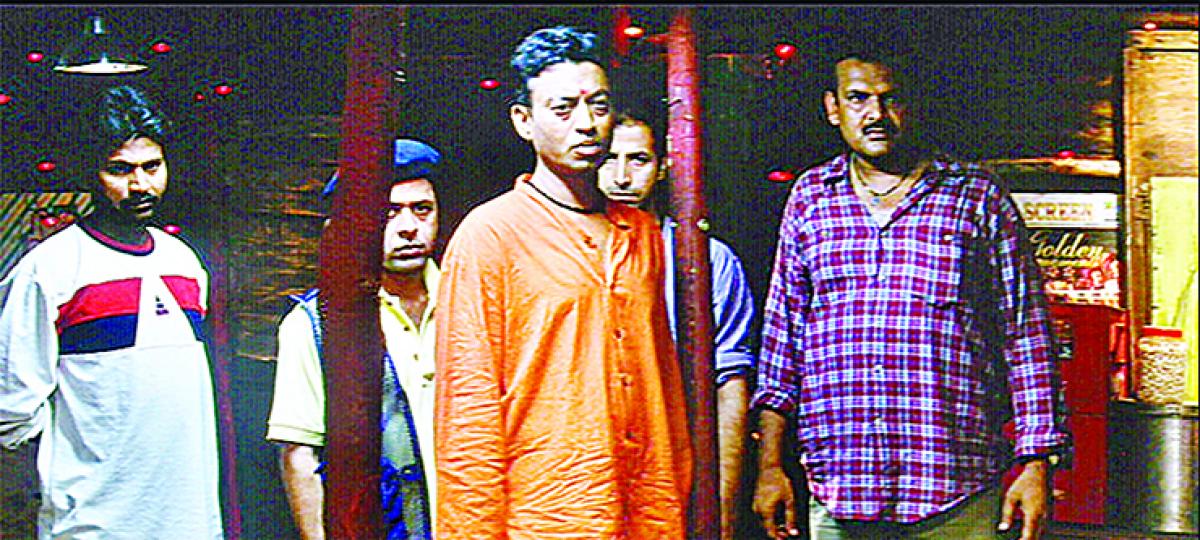
Haasil (2003) is one fine example of a film that everyone’s heard good things about and wants to see, but it continues to top most lists when it comes to the films that got away. Released at a time when social media was an unknown entity, ‘Haasil’ never enjoyed the benefits of very good word of mouth publicity for the simple reason that the multiplex culture was yet to take off.
It would be hard to imagine that a film released in the 2000s, enjoyed critical acclaim and in a manner launched the career of Irrfan Khan

Haasil (2003) is one fine example of a film that everyone’s heard good things about and wants to see, but it continues to top most lists when it comes to the films that got away. Released at a time when social media was an unknown entity, ‘Haasil’ never enjoyed the benefits of very good word of mouth publicity for the simple reason that the multiplex culture was yet to take off.
Even today one rarely gets to see the film on TV and although it released on DVD, it’s next to impossible to grab a copy and while all signs indicate that the film might be doomed to remain relegated to impassioned chats between those who have seen the film, there is a silent cult that thankfully has managed to keep it alive.
The millennials’ idea of a student film has gotten lost somewhere between ‘Gulal’ (2009) and ‘Student of the Year’ (2012) but once upon a time this theme was almost a sub-genre. Between the 1970s and 1990s, every decade had its own iconic film that explored student unrest and class politics and could be seen as a testimony of the period.
One of the first films that explored the dissonance of the youth was Gulzar’s ‘Mere Apne’ (1971), which with the two warring student gangs led by Vinod Khanna and Shatrughan Sinha showed how the college of the early 1970s were becoming into the breeding grounds for future politicians.
The film brilliantly depicted the unrest among the youth in pre-Emergency days and the manner in which the two rivals politicians, Mehmood and Asit Sen, exploit them has come to become a template that still exists. Similarly, the 1980s saw ‘Arjun’ (1985), ‘Ankush’ (1986) and ‘Shiva’ (1990, Hindi version) add new layers to the genre that were almost the standard till ‘Haasil’ happened.
‘Haasil’ is set in the murky world of student politics in Allahabad University where two rival factions, one led by a Brahmin, Gauri Shankar (Ashutosh Rana), and the other by a Thakur, Ranvijay Singh (Irfan Khan, then credited as ‘Irfan Khan’), won’t stop at anything to win the upcoming elections. The incumbent Gauri Shankar is confident of winning and doesn’t consider the hotheaded Ranvijay a threat but things become ugly when Ranvijay kills Gauri Shankar.
In the middle of this Anirudh (Jimmy Shergill), an ideal student who excels in dramatics falls in love with Niharika (Hrishita Bhatt) and unwillingly gets embroiled with Ranvijay. Anirudh saves Ranvijay when he’s on the run from Gauri’s brother, Badri (Murad Ali) and wins his trust. Later, Ranvijay helps Niharika and Anirudh’s romance blossom but as time passes he ends up falling for Niharika and wants her for himself.
He sends Anirudh to Mumbai on the pretext of helping him run when he gets into a scuffle with Niharika’s cousins who oppose the romance and ensures that he never returns. While Anirudh takes some time to get a grip on things, Ranvijay has not only become the president of the University but has also won over Niharika’s father (Sharat Saxena) and even gotten engaged to her. Anirudh returns and with the help of Badri stands up to Ranvijay, his one-time friend who betrayed him.
For over a decade between ‘Shiva’ and ‘Haasil’ there hadn’t been a good student film and one reason for this could be that post Mandal Commission protests most of the 1990s were a quite period for students in general. Perhaps the nation had started seeing the impact of liberalisation and with the dot-com and MBA boom it was generally considered a trouble free period, which didn’t inspire the younger lot of filmmakers to explore this terrain.
Also, the filmmakers who came about this period such as Sanjay Leela Bhansali, Aditya Chopra, and Karan Johar were more inclined towards a more traditional type of Hindi commercial cinema where escapism was a prerequisite. Even for the top stars of the time Aamir Khan, Salman Khan, Govinda, Shah Rukh Khan, Ajay Devgn or the up and coming ones like Akshay Kumar, Sunil Shetty, college meant something else as seen in ‘Dil’ (1990), ‘Pyar Kiya to Darna Kya’ (1998), ‘Andolan’ (1995), ‘Kuch Kuch Hota Hai’ (1998), ‘Suhaag’ (1994), ‘Waqt Hamara Hai’ (1993) and ‘Balwaan’ (1992).
It’s in that context that ‘Haasil’s brilliance becomes more prominent because the manner in which writer-director Tigmanshu Dhulia included the subtle nuances of cast based politics in college was something that wasn’t seen before. It was also inspired casting of Shergill, Rana and most importantly Irfan Khan that elevated ‘Haasil’ to a higher level. Most people were familiar with Irfan thanks to extensive television work and while he had done some films, including Asif Kapadia’s ‘The Warrior’ (2001) that had launched him internationally, he was yet to get a role that would allow him to display his caliber.
His bravado performance in ‘Haasil’ truly announced his arrival in Hindi cinema and many of his lines such as ‘Tum log guerrilla ho…guerrilla vaar kiya jayega… guerilla-vuerilla padhe ho? (You guys are guerrillas… there will guerrilla warfare… you guys have read about guerrillas, right?) are now part of college lexicon across the country. In many ways Irfan’s Ranvijay is also a more flamboyant coda to ‘Shiva’s Bhawani played by the late Raghuvaran and the interplay between Anirudh and Ranvijay is a nice ode to the camaraderie that Bhiku Mhatre and Satya share in ‘Satya’ (1998).
‘Haasil’ might look like an intense drama, which for the most part it is, but there are enough light moments, many great dialogues (Tigmanshu Dhulia) and a wonderful song, “Aankhe bhi hoti hai dil ki zubaan” (Abhijeet, music: Jatin-Lalit and lyrics: Isar Ansari) as well. Also, the climax on the Ghats of Ganga shot on location during the Kumbh Mela in 2001 is well choreographed. It’s a mystery that even with so much going for it ‘Haasil’ is still an under-seen film.
By: Gautam Chintamani








